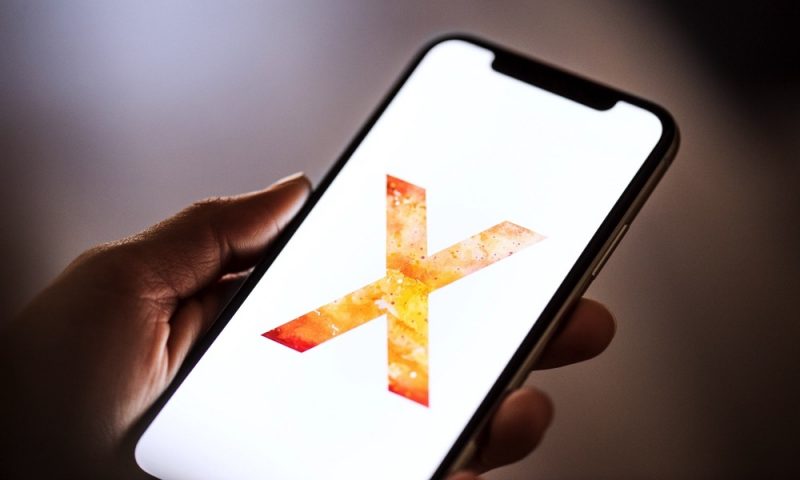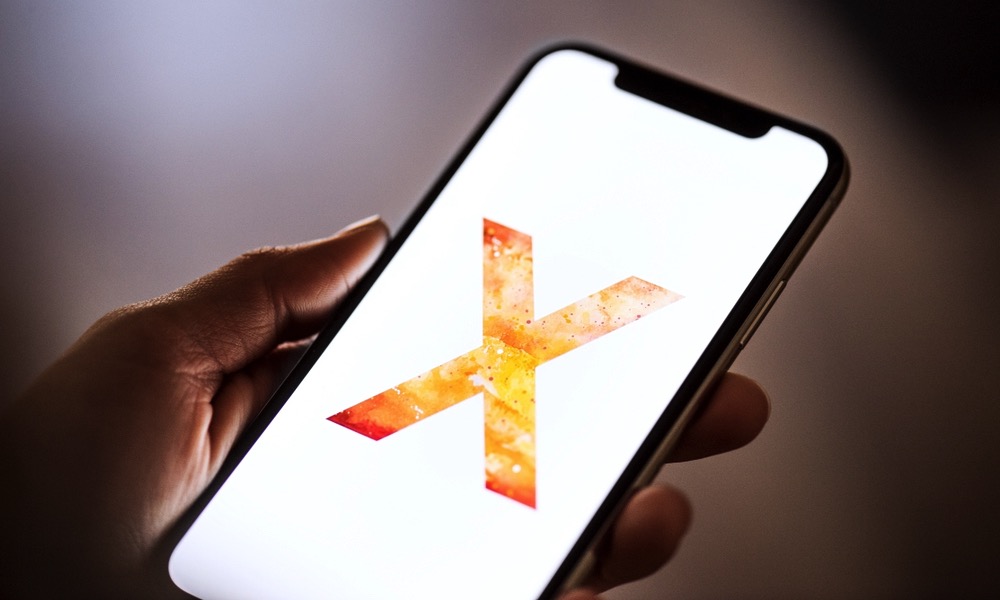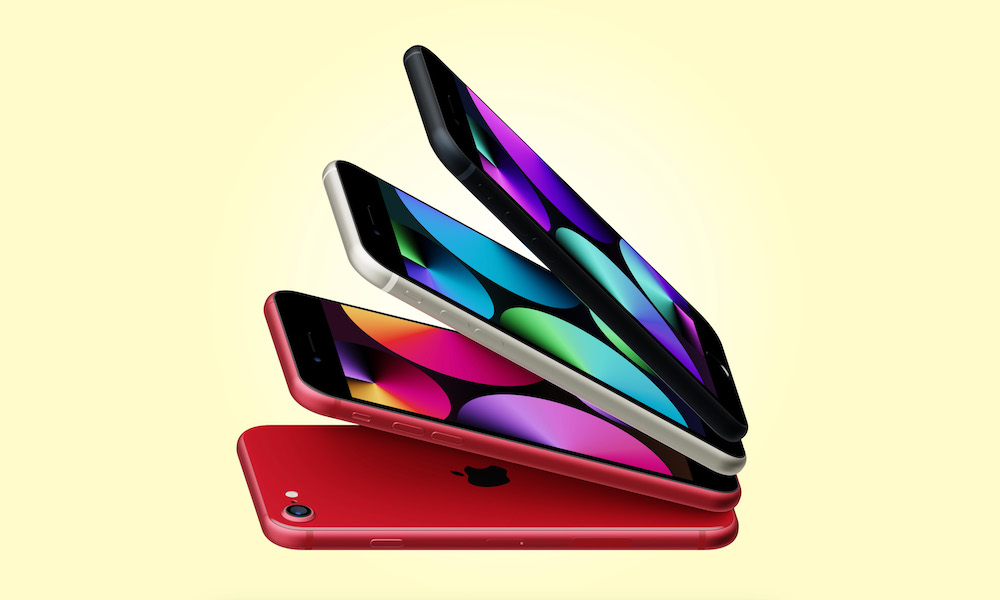iPhone X Owners Are Now Treated to Low-Cost TrueDepth Camera Repairs

 Credit: Halfpoint / Shutterstock
Credit: Halfpoint / Shutterstock
However, there’s good news for iPhone X owners with dodgy Face ID cameras. Apple has just expanded its program to include that older model, meaning that every Face ID-capable iPhone is now eligible for these simpler — and cheaper — repairs.
This is especially significant since most iPhone X owners are likely well past the terms of any warranty or AppleCare+ coverage since the iPhone X was discontinued in 2018. This means they’ll be paying out of pocket for repairs, and until now, the cost of fixing the Face ID camera was downright prohibitive since Apple needed to replace the entire iPhone.
Such a repair would set an iPhone X user back $549 — about the same price as a brand new iPhone 11. It’s likely most folks faced with this choice simply upgraded to a newer model instead, but if you’re still living with an iPhone X with front camera problems, now you have a better option.
These Incredible Apps Help You Save Money, Earn Cash, Cancel Unwanted Subscriptions, and Much More
The App Store has become completely oversaturated with all the same repetitive junk. Cut out the clutter: These are the only 6 iPhone apps you’ll ever need…Find Out More

Apple hasn’t yet published service pricing for how much this replacement would cost. Still, it has to be considerably less than the price of a whole new iPhone X. As we explained in February, Apple can now just swap out the TrueDepth camera system, leaving the rest of the iPhone intact.
For comparison, Apple charges $279 for an iPhone X screen replacement. It’s not entirely clear how much of that price is parts versus labor, but we can get a hint from the $199 screen replacement price of an iPhone XR, which uses a Liquid Retina LCD rather than OLED for its screen, or the $129 price for the new iPhone SE.
We’re guessing a TrueDepth camera replacement will still be in the same ballpark, but it will ultimately come down to the cost of the camera system components. We’ve previously heard that the TrueDepth system is one of the most expensive parts of an iPhone, but it’s hard to believe it could cost more than an entire OLED panel.
Apple isn’t doing this merely to lower repair costs. It’s part of the company’s overall environmental strategy. Swapping out an entire iPhone requires an Apple Store or Service Provider to send that original broken iPhone back to a central depot, where it’s repaired, refurbished, or recycled for parts.
Apple Stores and Service Providers also have to keep multiple iPhone models in stock to be given out to customers as replacements. These are separate from iPhones available for retail sale and need to include much older models, as every iPhone sold by Apple in the past five years is eligible for repairs. With multiple colors and capacities, Apple Stores are likely keeping well over 100 unique iPhone models on hand as service replacement units — every capacity and color combination of every model since the iPhone 6s.







